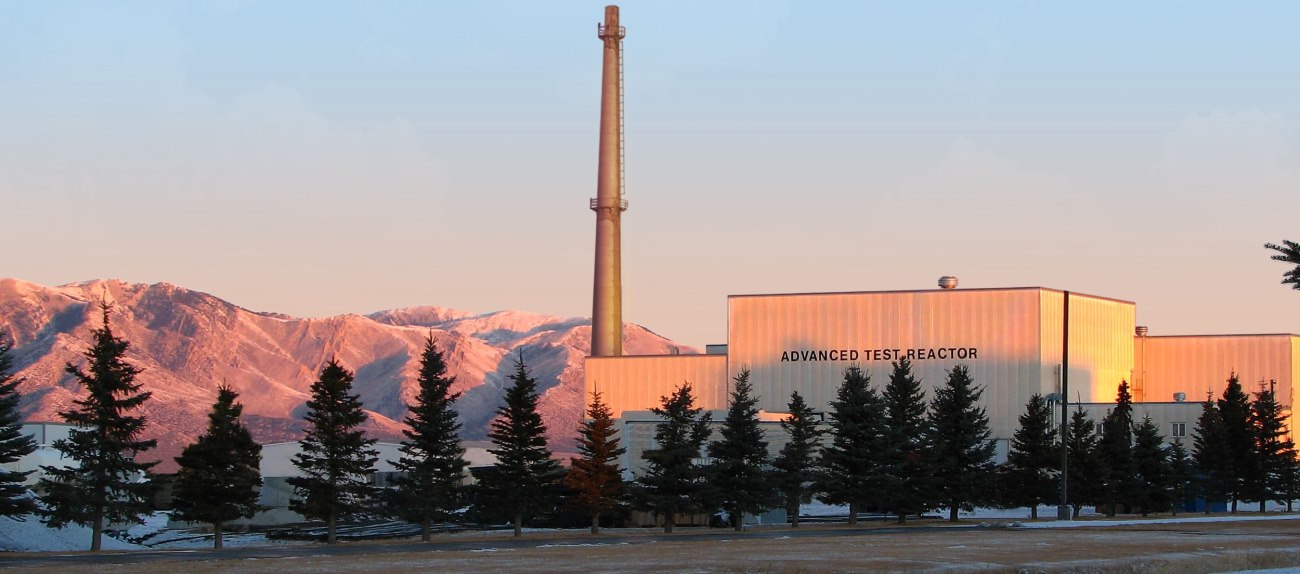Advanced Test Reactor begins major overhaul to replace core components
The Advanced Test Reactor (ATR) at Idaho National Laboratory is getting an overhaul that will shut it down for nine months, an outage that occurs about every 10 years on average. Experts will replace the reactor’s core components — akin to rebuilding the engine of a high-performance car.
ATR is the world’s most powerful and adaptable test reactors. This refurbishment will make it possible to continue essential functions for another decade or more.
As a centerpiece of the U.S. nuclear energy research infrastructure, ATR supports a wide range of vital missions for the U.S. Navy and the U.S. Department of Energy’s (DOE) Office of Nuclear Energy. ATR also supports university research and nuclear industries in the U.S. and around the world. Plus, it creates valuable isotopes for medical treatments and for NASA space exploration.
ATR’s distinctive cloverleaf design makes it possible to provide a range of capabilities that no other test reactor built to this day can match.
ATR operates at low temperatures and pressures compared to commercial power reactors, which are designed to produce heat. In contrast, the ATR’s main job is to produce neutrons. It does so at very high levels, aided by reflectors made of beryllium metal surrounding the reactor core. By exposing fuel and material samples to this environment, researchers gain valuable data about the way new materials and designs will respond to long-term operations in high-radiation environments.
Designers knew that ATR’s high level of neutrons would eventually take its toll on the reactor’s reflector blocks and other internal core components. So, the engineers tailored ATR’s unique design to enable replacement of its key internal components through an overhaul process known as the Core Internals Changeout.
ATR has been through five core overhauls since it began operations in 1967, with the most recent starting in 2004. The sixth overhaul began in April 2021 and will take about nine months. Watch an animated overview of the process here.
ATR is an intricate, one-of-a-kind machine. The highly complex core overhaul process requires careful planning and coordination, resulting in as-new performance to accommodate future experiments.
Before reactor operations can resume in early 2022, INL and DOE experts will assess all existing procedures and training to verify readiness.
Following completion of the Core Internals Changeout, the renewed ATR will continue its mission as the nation’s leading test reactor, helping to enable a new generation of advanced reactors that will provide the world with carbon-free energy well into the future.





